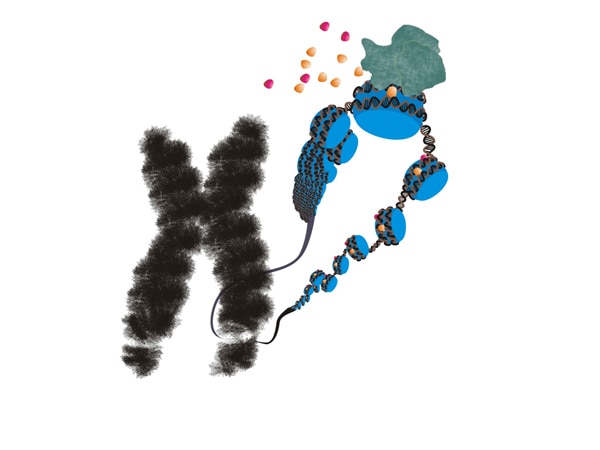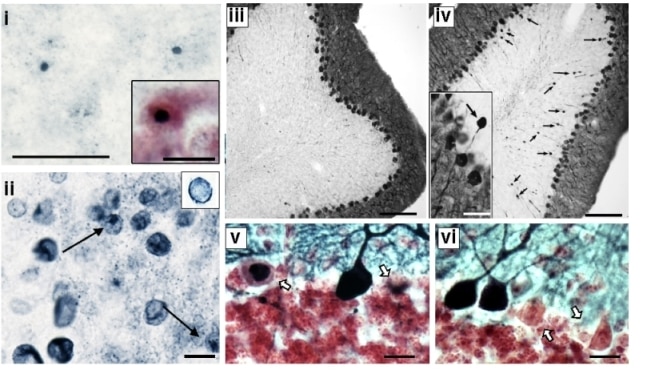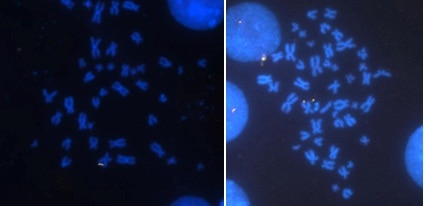About Our Research
The Gene Structure and Disease section is interested in understanding the causes and consequences of the unusual mutation responsible for the Repeat Expansion Diseases (REDs), a group of 40+ neurodevelopmental, neuromuscular and neurodegenerative disorders. These diseases are all caused by an increase in the number of repeats present in a disease-specific short tandem repeat (STR) tract or microsatellite with the consequences of expansion depending on where in the affected gene the STR is situated. Emerging data from our lab and elsewhere suggests that the expansion or microsatellite instability (MSI) that causes these diseases is very different from the MSI associated with certain forms of cancer, but the mechanism is not yet fully understood. Furthermore, in disorders where the STR is located outside of the affected gene’s open reading frame like Friedreich’s ataxia, GLS deficiency and the Fragile X related disorders, the downstream consequences of the mutation, which include gene silencing and/or RNA toxicity, are not well understood.
We use classical genetics together with CRISPR-Cas9 knockout and base editing in pluripotent stem cells and in vivo to identify factors that are required for the expansion mutation or that protect against it. This work has identified potential druggable targets for blocking expansions that we are currently testing. In the course of this work we have also developed useful tools for the analysis of repeat expansions that we are now applying to the development of diagnostic tools for new REDs. We are also interested in understanding the mechanism of repeat-mediated gene silencing responsible for Friedreich’s ataxia, GLS deficiency and Fragile X syndrome (FXS). While we have much to learn about the silencing process, our work thus far has allowed us to identify a number of small molecules that prevent or delay some steps in the silencing process.
Most of the REDs have no currently available effective treatment or cure. We hope that a better understanding of the expansion mechanism and its downstream consequences will lead to improved diagnosis and treatment of these disorders.
Research Images




